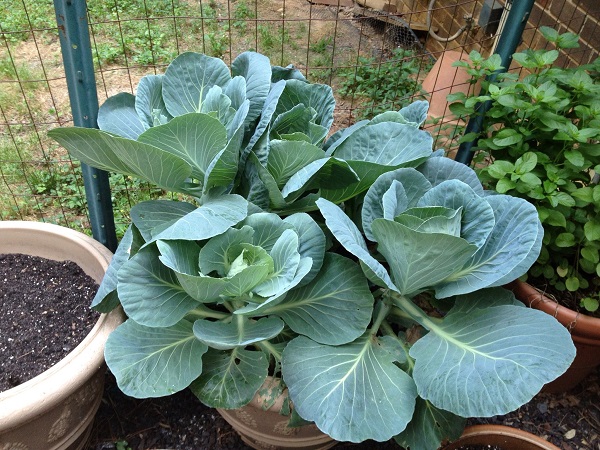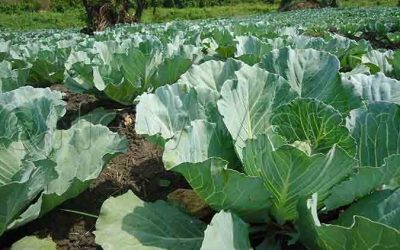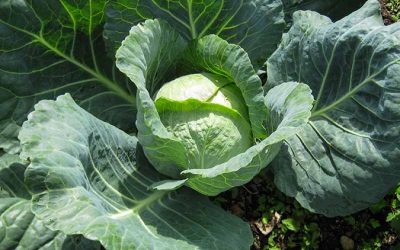How to Fertilize Container Vegetables

After watering, feeding is the most important task you’ll need to perform for vegetables grown in containers. While plants in the open ground can send out roots to seek out additional nutrients once they’ve used up those nearby, container plants are effectively quarantined from the nutrients, fungi and bacteria naturally found in soil.
This means that, before long, they will need a helping hand from you, the farmer.
How to Fertilise a Container Garden
Whether you’re mixing your own potting compost or using a proprietary brand, likelihood is that plants will exhaust all its available nutrients within about six weeks. Mixing in a granular slow-release organic fertiliser or some chicken manure pellets will help to give an extra boost later on.
But even that won’t be enough for hungry container plants. A regular liquid feed will become necessary, particularly for greedy vegetables like brassicas or tomatoes (yes, I know tomatoes are really fruits!). You can buy liquid feeds or make your own. Diluted with water, they provide a shot of extra nutrients that ensures plants continue to grow well and produce yields to be proud of.
Using Liquid Fertiliser in Your Container Garden
There are many types of liquid fertiliser on the market. Look for the N-P-K ratio on the back of the pack and, for most crops, choose one that has an approximately equal amount of each. N stands for nitrogen, P for Phosphorus, and K for potassium, which are the three nutrients that plants need most of.
For fruiting plants however, choose one with a higher K number. Potassium is required to help tomatoes, peppers and other fruiting plants flower and produce their fruits, so it makes no sense to skimp on this. Follow the manufacturer’s instructions on how much to feed; too much can be harmful, while too little will be ineffective.
The liquid feed most often used is made from seaweed. Technically a plant growth stimulant, rather than a true fertiliser, it promotes the general health of plants. Use a weak seaweed solution when potting on or transplanting, as it seems to keep plants looking perky after this minor trauma.
Water all my vegetables with a dilute seaweed feed about once a month. If plants are looking a bit under the weather, watering or spraying a seaweed solution directly onto the leaves will often sort them out.


